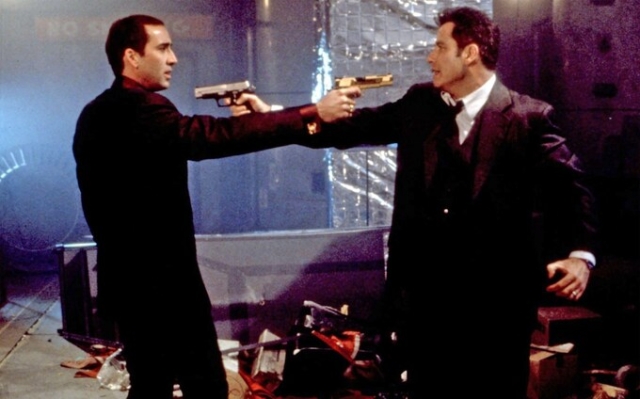 Nicolas Cage and John Travolta in Face/Off (1997) Photo: Pictorial Press Ltd/Alamy Stock Photo
Nicolas Cage and John Travolta in Face/Off (1997) Photo: Pictorial Press Ltd/Alamy Stock Photo
Hong Kong director John Woo was once admiringly called the “Mozart of Chaos.” Not only is it a beautifully alliterative description (and more memorable than «Stravinsky Shootout» or «Gershwin Shootout»), but it also sums up the career of a man who, perhaps more than any other director working today, has reinvented the action film with his , poetic, image. From his (literally) dazzling 1986 thriller A Better Future to his gloriously unbridled 1997 Hollywood highlight Face/Off, Woo, at his peak, became a trademark rivaled perhaps only by James Cameron, as he knew his films were not to be missed.
However, after the financial (if not critical) success that Woo enjoyed with his 2000 Mission: Impossible sequel, he largely disappeared from view in the United States, leaving behind a pair of unsuccessful minor films that represented the end of that , what once seemed like a great, confident career. He returned to Hong Kong, where he continued to make films that had some effect, but they never again enjoyed the success he once had. But after almost two decades, the maestro of chaos returned to America with his latest film, Silent Night.
It could be called «English», but it has a witty edge to it; it contains virtually no dialogue in its 104-minute runtime, meaning its story of a grieving family man, played by Joel Kinnaman, who takes on criminals to avenge the death of his young son is told almost entirely through visual effects and music. . It was hailed as a return to form for Woo and a brilliant example of formal cinematic innovation. Although the film was made on a much smaller budget than Woo had once planned, it is still rich in the same skillful and brutal action that filled his previous films.
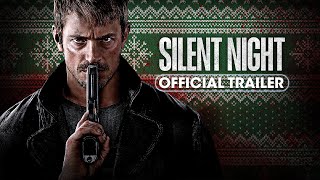
Fans of Woo can once again rejoice in the return of their hero to cinemas. (The film is currently playing in US cinemas and will be shown on Sky Cinema in the UK in time for Christmas.) And pretty soon there will be his own remake of his classic 1989 thriller The Killer, this time starring Nathalie Emmanuel. allowing viewers to see whether the now 77-year-old director, like his idol Martin Scorsese, has returned to peak directorial form in what is undoubtedly the final act of his directorial career.
And yet, even in the absence of Woo himself, his directorial influence has prevailed over the past three decades, giving him a fair claim to be one of the most influential directors of our time. When Quentin Tarantino worked as an assistant at the legendary Manhattan Beach Video Archive, he didn't delve into the often dubious action films of the Eighties — a period he later called «the worst time to make action films» — but in Hong Kong's Woo epics, including A Better Tomorrow, » The Killer» and the director's stunningly over-the-top 1992 magnum opus «Hard Boiled,» in which the body count reaches a staggering 307.
Tarantino's 1992 debut Reservoir Dogs isn't usually considered an action film, but it contains endless nods to Wu, from the characters walking in slow motion at the beginning to the final Mexican standoff between the surviving characters. It's not hard to see why the young director idolized him. He later said: “John Woo was a major hero for me at the time—I was heavily influenced by Hong Kong cinema. To this day, I still think it's the most invigorating movie ever made… before John Woo, there was no Sergio Leone to come out and show us what we've seen before, but with new eyes.»
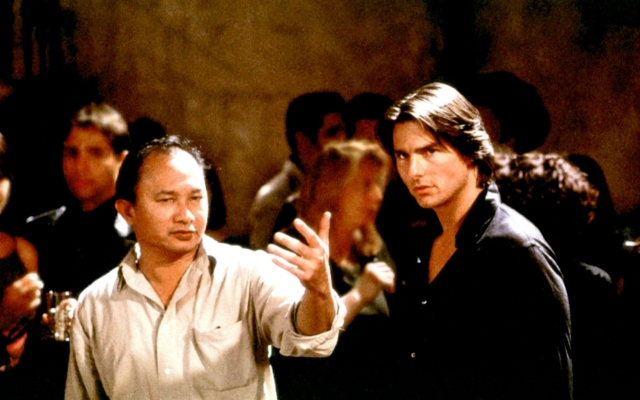 John Woo and Tom Cruise on the set of Mission: Impossible 2. Photo: Christophel Collection/Alamy Stock Photo
John Woo and Tom Cruise on the set of Mission: Impossible 2. Photo: Christophel Collection/Alamy Stock Photo
While there have been moments in Tarantino's later career that clearly pay homage to Woo—like the increasingly tense bar standoff in Inglorious Basterds or the crazy OTT finale of Once Upon a Time in Hollywood—it necessitated his collaboration with Tony Scott's 1993 film. True romance to make the debt as clear as possible. This was most evident in the grand finale, an unprecedented, slow-motion shootout between several different parties in a hotel that feels like a love letter to a great Hong Kong director.
And once Woo's influence was felt in Hollywood in the early nineties, it changed the face of action films. While the films of Arnie and Stallone once specialized in violent, loosely edited action, MTV-trained directors like Michael Bay and Tony Scott leaned toward the aestheticization of violence that Woo paved the way for.
Whether you like or dislike Bay's work, there is no doubt that The Rock in particular has scenes of balletic carnage and tense Mexican standoffs that owe a great debt to Woo, who in turn drew on such varied influences as like Sam Peckinpah, Jean-Pierre Melville and Scorsese. You'd be hard-pressed to find a single still from, say, Stallone's Cobra that could be framed and hung on a gallery wall as a piece of art. The Rock features dozens. In the post-Wu era, directors realized that making action scenes beautiful and exciting was now an option for them.
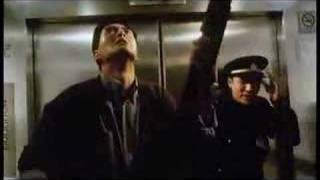
Woo himself suffered a setback early in his US career when the 1993 Jean-Claude Van Damme vehicle Hard Target was heavily re-edited by a nervous studio who weren't sure what they were getting into and a perfectly acceptable but anonymous John Travolta action film 1996 «Broken Arrow». failing to unleash the director's full potential.
But while his fans may have despaired of being allowed to show off his particular set of skills, he returned triumphantly with Face/Off, a still superb dark comedy that combines jaw-dropping action sequences and is executed with a dangerous practicality. stunts in a pre-CGI era, with great performances from Nicolas Cage and John Travolta. Woo was protected from the baffled studio by the film's powerful producer Michael Douglas, who devoted himself entirely to the madness, and the film became a significant success. Wu's future in Hollywood seemed secure.
It was then that the most obvious act of respect was made, one that both paid tribute to Wu's influence and blocked his career entirely. When the Wachowskis, then a pair of independent directors who had only made one film, the lesbian noir thriller Bound, came up with the first Matrix film in 1999, it was a thrilling, innovative journey into the unknown that had Woo hooked with both jaws. discarding the bravura narrative and scenes of heroic bloodshed that made millions of moviegoers gasp.
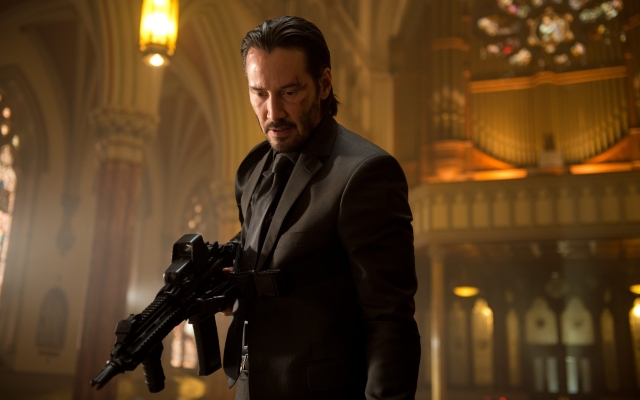 Clear influence: Keanu Reeves in John Wick Photo: David Lee
Clear influence: Keanu Reeves in John Wick Photo: David Lee
The director himself was dismissive of his supposed influence, saying in an interview: «Watch [Jackie Chan's] Brawl at Battle Creek and then watch The Matrix.» It's the same damn movie. Take film lessons, dude. However, many others weighed in and it remains perhaps the culmination of his cinematic legacy; The Wachowskis were upfront about their debt, saying in a contemporary web chat when asked if they admired him, «John Woo was a genius, John Woo IS a genius.»
And then everything went downhill for the brilliant director. While Mission: Impossible 2 had some great scenes of Woo's mayhem and his signature reliance on practical effects instead of CGI, it all felt dull and undemanding compared to the next generation of Matrix filmmaking. Even though the Wachowski sequels were underwhelming, they were still much better received than Woo's next two Hollywood films: 2002's Windtalkers and 2003's Paycheck. He soon left the United States and returned to Hong Kong, where only his Red Cliff paintings had any impact in the West; It was said that he was disappointed that his career had failed to live up to its former potential.
However, he allowed his fans to continue his work for them, which they continued to do for the next two decades. Christopher Nolan may seem like an unlikely director's apprentice at first glance, but both 2010's Inception and 2020's Tenet owe a significant amount of their action scenes to Woo, from Tenet's gun-tossing, balletic shootouts and car chases to Inception's iconic gravity. . — challenging the fight in the hallway.
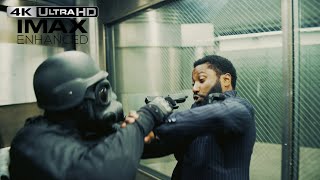
Likewise, Nolan's commitment to practical effects wherever possible reflects that of Woo, who said while promoting Silent Night, «I think some audiences are getting fed up with all these epic movies with CGI and comic books, and I am too.» Marvel probably won't be calling him anytime soon.
The John Wick series wouldn't exist if it weren't for Wu and Assassin, and Keanu Reeves does a great job in his films, capturing Wu's beloved star Chow Yun-Fat and his combination of existential angst and brutal carnage. And, further down the artistic (if not financial) spectrum, Deckard Shaw, Jason Statham's antagonist-turned-hero in the Fast and the Furious films, is allowed a clear homage to the hospital ending of Hardboiled in The Fate of the Furious. as he deals with apparently endless antagonists, all the while holding a small baby in his arms: just like Yun-Fat did in the previous film.
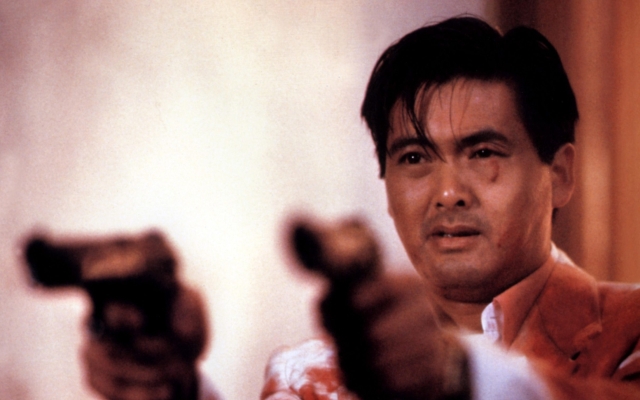 Chow Yun-Fat in the movie “The Killer” Photo: TCD/Prod.DB/Alamy Stock Photo
Chow Yun-Fat in the movie “The Killer” Photo: TCD/Prod.DB/Alamy Stock Photo
There are many signature Wu moves that have been imitated or simply copied more times than can be listed here. Both heroes and villains fire two guns at the same time; the use of classical music as a counterbalance to acts of extreme violence, often depicted in slow motion; characters flying through the air without any apparent need for wings, often as they engage in two-handed gunfights with each other; and, of course, a multi-sided confrontation in which the characters are forced to contemplate their fate even as they point guns at each other. Sometimes these flourishes are used artfully, and sometimes they can seem little more than derivative.
However, as the man responsible for bringing them to the movies makes a long-awaited and very belated return, we salute John Woo, the director who said in a recent New Yorker interview, “I like old fashion movies.” , understand? Real cinema. There haven’t been many films like this lately.” Finally, hopefully, their era has returned.




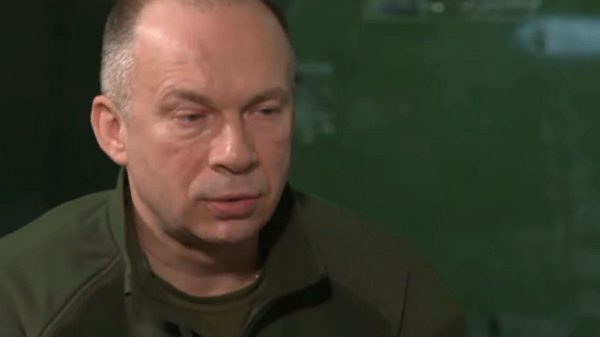




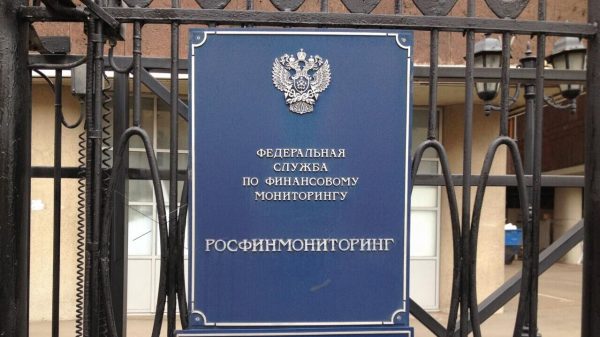









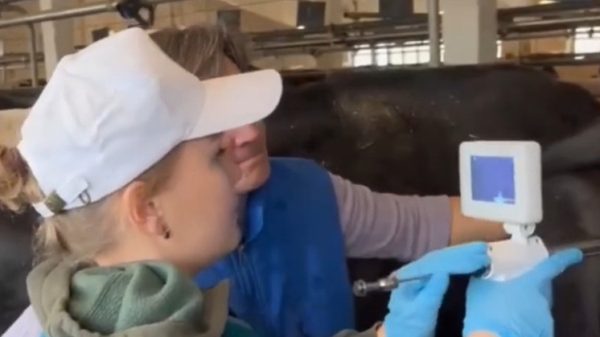

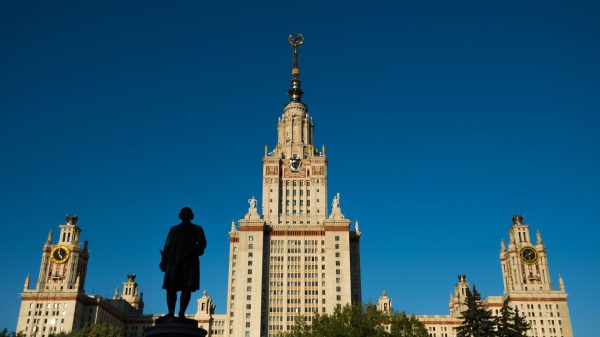















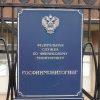




















Свежие комментарии